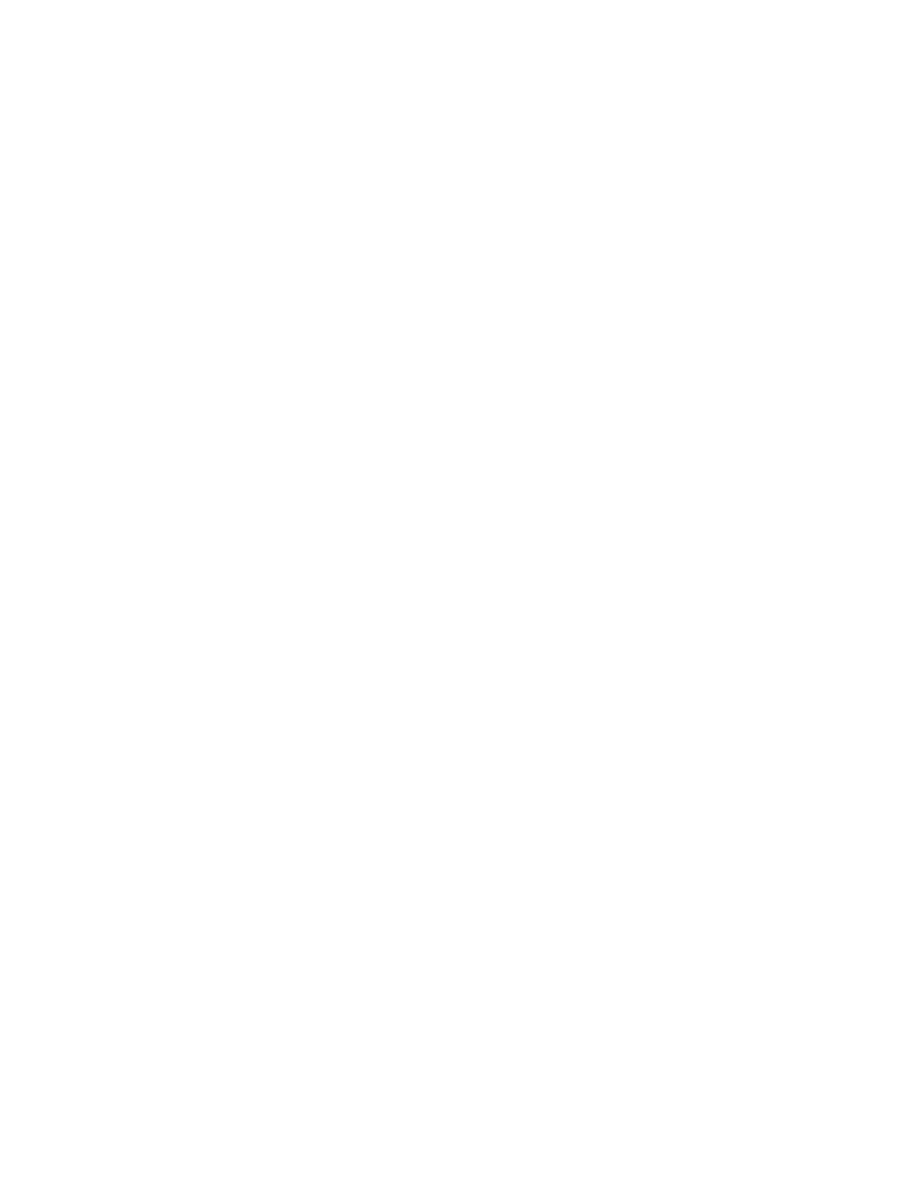
167
Federal Aviation Administration, DOT
§ 21.213
water, or over land areas where ade-
quate landing facilities or appropriate
fuel is not available. The excess weight
that may be authorized under this
paragraph is limited to the additional
fuel, fuel-carrying facilities, and navi-
gation equipment necessary for the
flight.
(c) Upon application, as prescribed in
§§ 91.1017 or 119.51 of this chapter, a spe-
cial flight permit with a continuing au-
thorization may be issued for aircraft
that may not meet applicable air-
worthiness requirements, but are capa-
ble of safe flight for the purpose of fly-
ing aircraft to a base where mainte-
nance or alterations are to be per-
formed. The permit issued under this
paragraph is an authorization, includ-
ing conditions and limitations for
flight, which is set forth in the certifi-
cate holder’s operations specifications.
The permit issued under this paragraph
may be issued to—
(1) Certificate holders authorized to
conduct operations under part 119 of
this chapter, that have an approved
program for continuing flight author-
ization; or
(2) Management specification holders
authorized to conduct operations under
part 91, subpart K of this chapter for
those aircraft they operate and main-
tain under a continuous airworthiness
maintenance program prescribed by
§ 91.1411 of this chapter.
[Doc. No. 5085, 29 FR 14570, Oct. 24, 1964, as
amended by Amdt. 21–21, 33 FR 6859, May 7,
1968; Amdt. 21–51, 45 FR 60170, Sept. 11, 1980;
Amdt. 21–54, 46 FR 37878, July 23, 1981; Amdt.
21–79, 66 FR 21066, Apr. 27, 2001; Amdt. 21–84,
68 FR 54559, Sept. 17, 2003; Amdt. 21–87, 71 FR
536, Jan. 4, 2006; Amdt. 21–92, 74 FR 53389, Oct.
16, 2009]
§ 21.199
Issue of special flight permits.
(a) Except as provided in § 21.197(c),
an applicant for a special flight permit
must submit a statement in a form and
manner prescribed by the FAA, indi-
cating—
(1) The purpose of the flight.
(2) The proposed itinerary.
(3) The crew required to operate the
aircraft and its equipment, e.g., pilot,
co-pilot, navigator, etc.
(4) The ways, if any, in which the air-
craft does not comply with the applica-
ble airworthiness requirements.
(5) Any restriction the applicant con-
siders necessary for safe operation of
the aircraft.
(6) Any other information considered
necessary by the FAA for the purpose
of prescribing operating limitations.
(b) The FAA may make, or require
the applicant to make appropriate in-
spections or tests necessary for safety.
[Doc. No. 5085, 29 FR 14570, Oct. 24, 1964, as
amended by Amdt. 21–21, 33 FR 6859, May 7,
1968; Amdt. 21–22, 33 FR 11901, Aug. 22, 1968]
Subpart I—Provisional
Airworthiness Certificates
S
OURCE
: Docket No. 5085, 29 FR 14571, Oct.
24, 1964, unless otherwise noted.
§ 21.211
Applicability.
This subpart prescribes procedural
requirements for the issue of provi-
sional airworthiness certificates.
§ 21.213
Eligibility.
(a) A manufacturer who is a United
States citizen may apply for a Class I
or Class II provisional airworthiness
certificate for aircraft manufactured
by him within the U.S.
(b) Any holder of an air carrier oper-
ating certificate under Part 121 of this
chapter who is a United States citizen
may apply for a Class II provisional
airworthiness certificate for transport
category aircraft that meet either of
the following:
(1) The aircraft has a current Class II
provisional type certificate or an
amendment thereto.
(2) The aircraft has a current provi-
sional amendment to a type certificate
that was preceded by a corresponding
Class II provisional type certificate.
(c) An aircraft engine manufacturer
who is a United States citizen and who
has altered a type certificated aircraft
by installing different type certificated
engines, manufactured by him within
the United States, may apply for a
Class I provisional airworthiness cer-
tificate for that aircraft, if the basic
aircraft, before alteration, was type
VerDate Sep<11>2014
12:50 Apr 30, 2019
Jkt 247046
PO 00000
Frm 00177
Fmt 8010
Sfmt 8002
Y:\SGML\247046.XXX
247046
spaschal on DSK3GDR082PROD with CFR